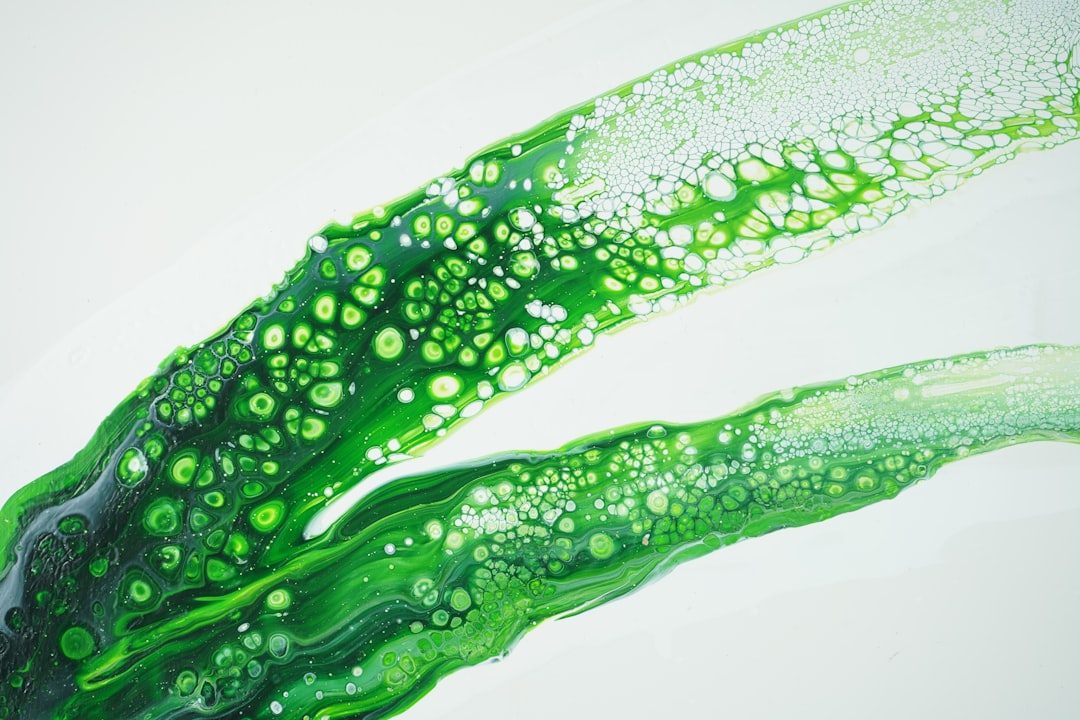What is it about?
In this Account we summarize our work in developing rapid light-induced enzyme turnover modalities to probe fast enzymes that cannot be studied by conventional methods. The major innovation was the use of a photoionization process which rapidly generates "free" electrons in solution that can react with an enzyme. We then apply time resolved spectroscopic techniques, sensitive to the underlying catalytic transformations, to learn about the mechanism in real time.
Featured Image
Why is it important?
This review is important as it summarizes a series of prior studies that together describe a bold new method for studying enzymes that interact with electrons (oxidoreductases). It posits our working hypothesis for the mechanism of both [NiFe] and [FeFe] hydrogenases, and describes the advantages and pitfalls of this methodology.
Perspectives
This manuscript is a (fairly) concise summary of my graduate studies, and puts forth our new models for hydrogenase catalysis. These enzymes have immense utility in biotechnology and energy applications, and therefore, understanding their mechanism is critical to defining their limits and potential.
Dr. Brandon L Greene
Harvard University
Read the Original
This page is a summary of: Applications of Photogating and Time Resolved Spectroscopy to Mechanistic Studies of Hydrogenases, Accounts of Chemical Research, October 2017, American Chemical Society (ACS),
DOI: 10.1021/acs.accounts.7b00356.
You can read the full text:
Contributors
The following have contributed to this page










